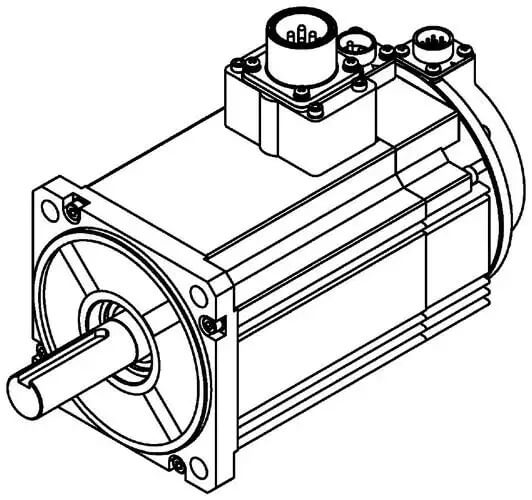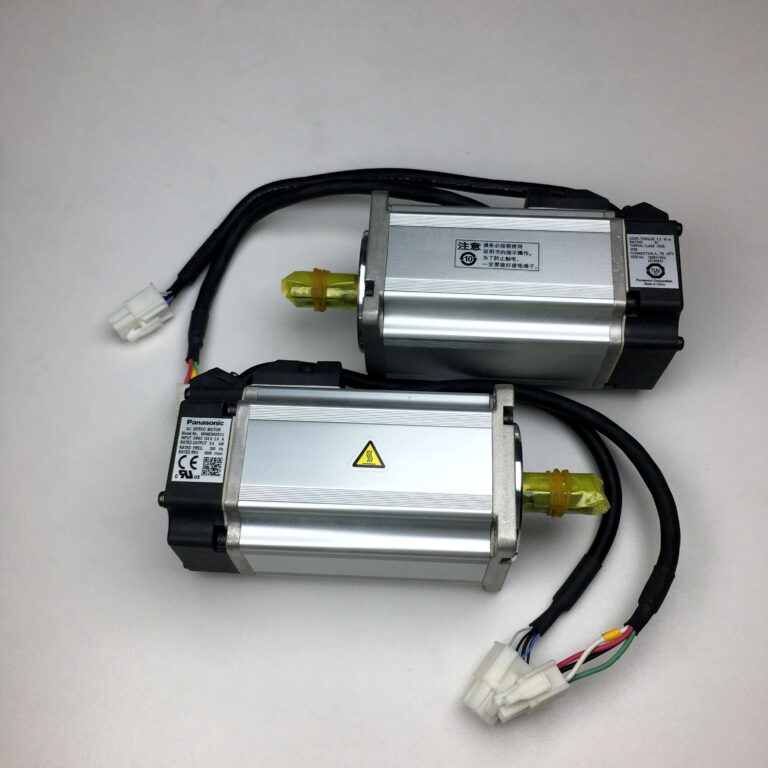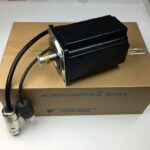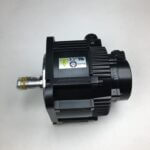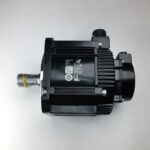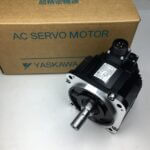How to Check if a Servo Motor is Working: A Complete Step-by-Step Guide
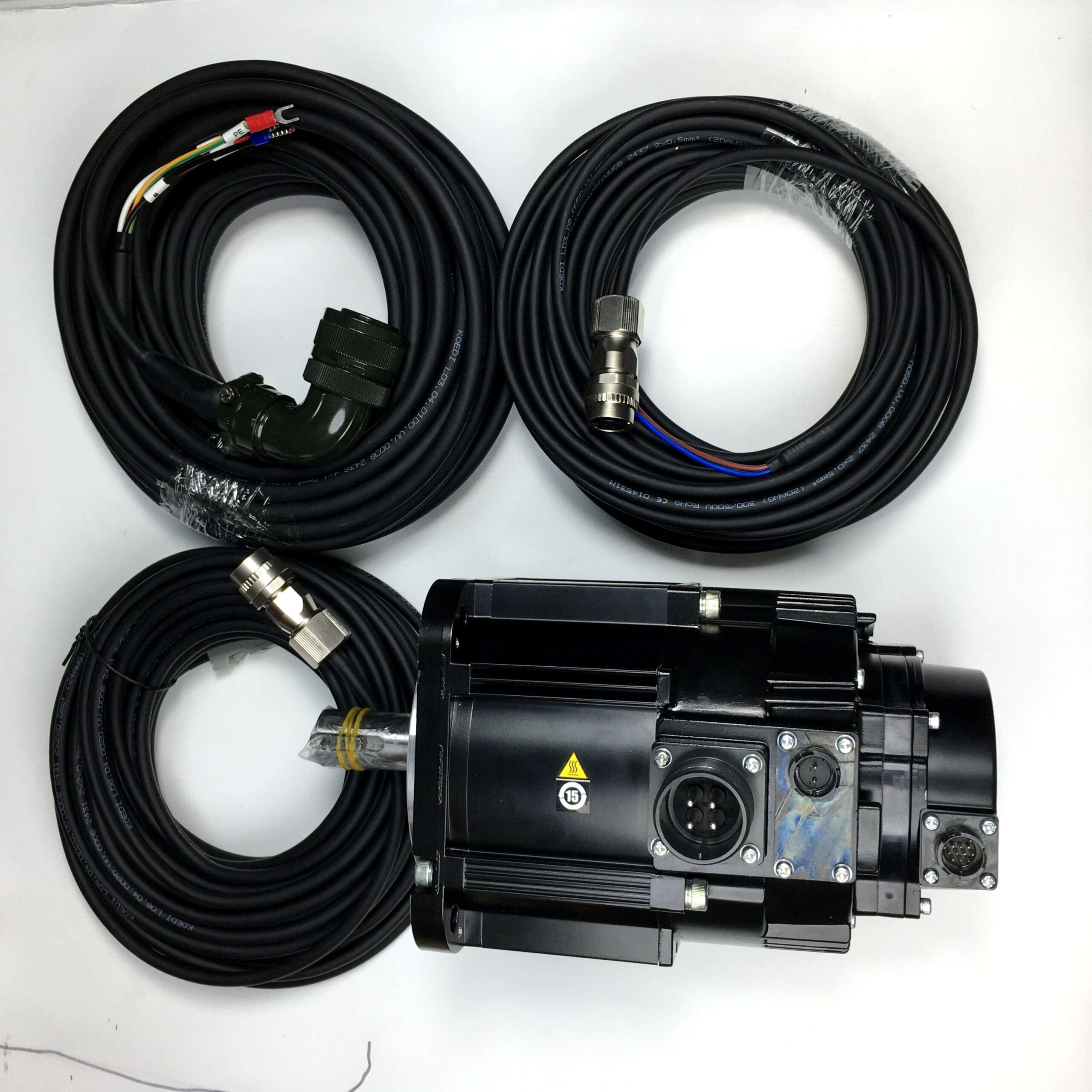
Servo motors are at the heart of countless industrial and consumer applications, from robotic arms to conveyor belts, making it essential to ensure they work correctly. In this comprehensive guide, we’ll explore how to check if a servo motor is working, troubleshoot potential issues, and make sure your system runs smoothly. We’ll break down each step using simple, easy-to-understand language, making sure that even those new to servo motors can follow along confidently.
Understanding the Basics: What is a Servo Motor?
A servo motor is an electric motor that is part of a closed-loop control system, designed to maintain precise control of angular or linear position, velocity, and acceleration. It typically works alongside a driver and feedback system (like an encoder) to achieve a high level of control. Servo motors are used in applications that require precise control, such as robotics, CNC machinery, and automation equipment.
Components of a Servo Motor
- Motor Unit: Converts electrical energy into mechanical motion.
- Gearbox: Reduces speed and increases torque for specific applications.
- Encoder/Feedback System: Measures the position, velocity, or other properties to provide feedback to the controller.
- Driver: Receives the control signals and powers the motor accordingly.
Servo motors are widely used for their reliability and high precision, but it’s crucial to keep them in good condition to ensure optimal performance.
Looking for reliable servo motors for your project? Visit Original Panasonic Servo Motor MINAS A5 for high-quality products.

Tools You Need to Check a Servo Motor
Before you start diagnosing or troubleshooting your servo motor, gather the following tools to help you accurately determine its condition:
- Multimeter: For checking resistance and voltage.
- Oscilloscope: To view waveforms generated by the motor.
- Power Supply: To energize the motor during testing.
- Screwdrivers and Wrenches: To access different motor parts.
- Servo Motor Driver: To control and test the servo motor in operation.
These tools will assist you in performing different tests and measurements, ensuring that your servo motor works as expected and diagnosing any issues effectively.
How to Check If a Servo Motor is Working
1. Visual Inspection of the Motor and Wiring
The first step in checking a servo motor is to visually inspect it for any obvious signs of wear or damage.
- Wiring and Connectors: Ensure that all the wiring is intact and securely connected. Loose wires or connectors can result in intermittent motor function or complete failure.
- Motor Housing: Look for cracks, rust, or signs of overheating on the motor casing. Overheating may indicate electrical issues or mechanical overload.
2. Testing the Servo Motor Using a Multimeter
Using a multimeter is a simple yet effective way to determine if your servo motor is functioning correctly.
- Step 1: Set the Multimeter to resistance mode (Ohms).
- Step 2: Measure Resistance across the motor windings. The readings should be consistent for each phase of the motor. Significant variations can indicate damaged windings.
- Step 3: Check Insulation Resistance by measuring the resistance between each winding and the motor frame. A low resistance could indicate insulation failure, which may result in a short circuit.
The multimeter test helps ensure the servo motor windings are intact, and there is no leakage current, which could harm your equipment or personnel.
3. Testing the Motor with a Servo Driver
A servo driver is a key tool in determining if a servo motor works effectively by simulating its operating conditions.
- Connect the Servo Motor to the Driver: Make sure all connections are correct, including power, control, and feedback lines.
- Apply a Control Signal: Using a pulse generator or PLC (Programmable Logic Controller), apply a control signal to rotate the motor.
- Observe Motor Behavior: The motor should respond smoothly to control signals without excessive noise or vibration. Jerky or unresponsive behavior can indicate an issue with the driver, encoder, or the motor itself.
To get a reliable driver for testing, consider using the Yaskawa Single Axis Servo Driver which is designed for high precision and reliable operation.
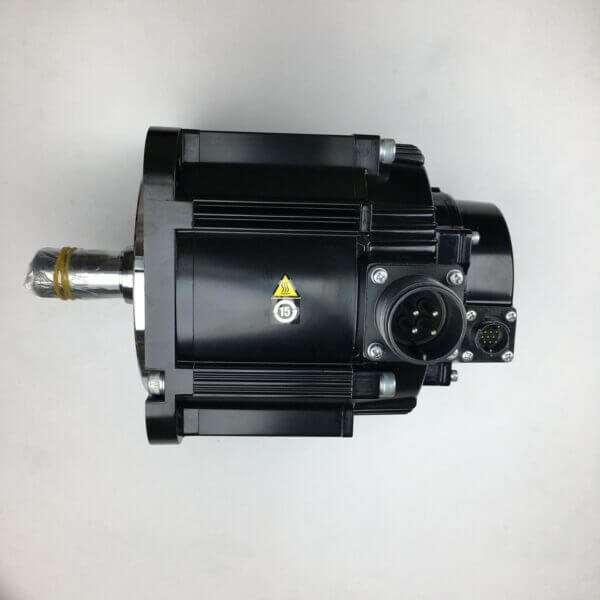
4. Analyzing Motor Vibration and Noise
Unusual vibration or noise often signals problems within the servo motor or its surroundings. Here’s how you can analyze it:
- Listen for Unusual Sounds: A well-functioning servo motor should operate quietly, with only minimal noise. Grinding or squealing could indicate bearing issues.
- Check for Excessive Vibration: Use a vibration analyzer if available. Excessive vibration can signal alignment problems, worn bearings, or an unbalanced motor shaft.
Keeping the motor environment clean and well-maintained significantly reduces the likelihood of vibration-related failures.
Diagnosing Common Servo Motor Issues
1. Motor Not Responding to Control Signals
If the motor does not move despite the driver sending commands, this could be due to:
- Faulty Wiring: Inspect wires and connectors for continuity. Faulty wiring can cut off power or control signals.
- Encoder Failure: The encoder provides feedback to the controller. A damaged encoder may prevent the motor from receiving proper instructions.
- Driver Faults: Drivers may have LED indicators showing fault conditions. Refer to the driver’s manual to diagnose any error codes.
2. Servo Motor Overheating
Overheating is a common problem, often due to:
- Overload Conditions: The motor may be required to produce more torque than its rating, leading to overheating. Verify the load and ensure it’s within motor specifications.
- Cooling Issues: Check that there is adequate airflow around the motor. Motors used in enclosed spaces should have proper ventilation to prevent heat buildup.
3. Inconsistent Motor Speed
Inconsistent motor speed may be due to issues with the feedback loop. Verify that:
- Encoder Feedback is working correctly. If the encoder is damaged, replace it.
- Control Parameters in the driver are properly set. Improper PID settings can lead to erratic motor speed.
Preventative Maintenance Tips for Servo Motors
Regular maintenance is key to keeping a servo motor in optimal condition. Below are some best practices for ensuring your motor remains operational over its lifetime:
- Periodic Inspections: Perform regular visual inspections and electrical testing to catch potential issues before they lead to failure.
- Lubrication: Ensure all motor bearings are adequately lubricated, especially in high-usage environments.
- Environmental Protection: Keep the motor free from dust and moisture. Consider using protective covers or enclosures if the motor is used in harsh environments.
Maintaining the health of your servo motor can prevent costly downtime and extend the motor’s lifespan, ensuring reliable operation for years.
Frequently Asked Questions
1. How do I know if my servo motor is faulty?
You can check for issues by performing a visual inspection, checking resistance with a multimeter, and using a driver to test motor response. If the motor fails any of these tests, it may be faulty.
2. Can I repair a damaged servo motor?
Yes, many servo motors can be repaired. Common repairs include replacing worn bearings, damaged encoders, or rewinding the motor. Contact a professional repair service if you’re unsure.
3. Why is my servo motor overheating?
Overheating may be due to overload conditions, inadequate cooling, or poor ventilation. Ensure the motor is not overworked and is placed in a well-ventilated area.
4. What tools do I need to check a servo motor?
The main tools include a multimeter, oscilloscope, power supply, and a servo driver. These tools allow you to measure resistance, view motor waveforms, and simulate operational conditions.
5. Can I test a servo motor without a driver?
While you can perform basic tests like checking resistance with a multimeter, a driver is necessary to fully test the motor’s operation, including its response to control signals.
Conclusion
Checking whether a servo motor is working correctly is crucial to maintaining the reliability of any system it drives. By following the steps outlined in this guide, including visual inspection, multimeter testing, and using a servo driver, you can identify and troubleshoot common motor problems efficiently. Keeping up with preventative maintenance ensures that your servo motors remain in optimal working condition, avoiding costly downtime.
To explore high-quality servo motors and accessories, visit Servo Motor Store. Our products are designed to provide reliable performance and enhance your automation projects.
Taking a proactive approach to maintenance and understanding how to diagnose common issues will keep your servo motors in peak condition, maximizing their efficiency and longevity.
